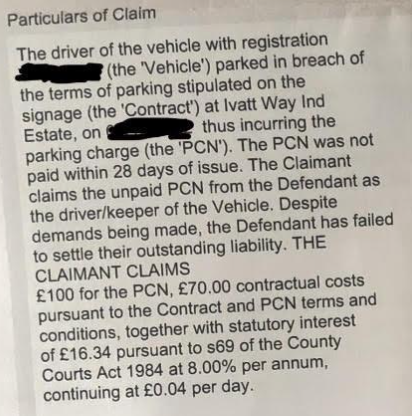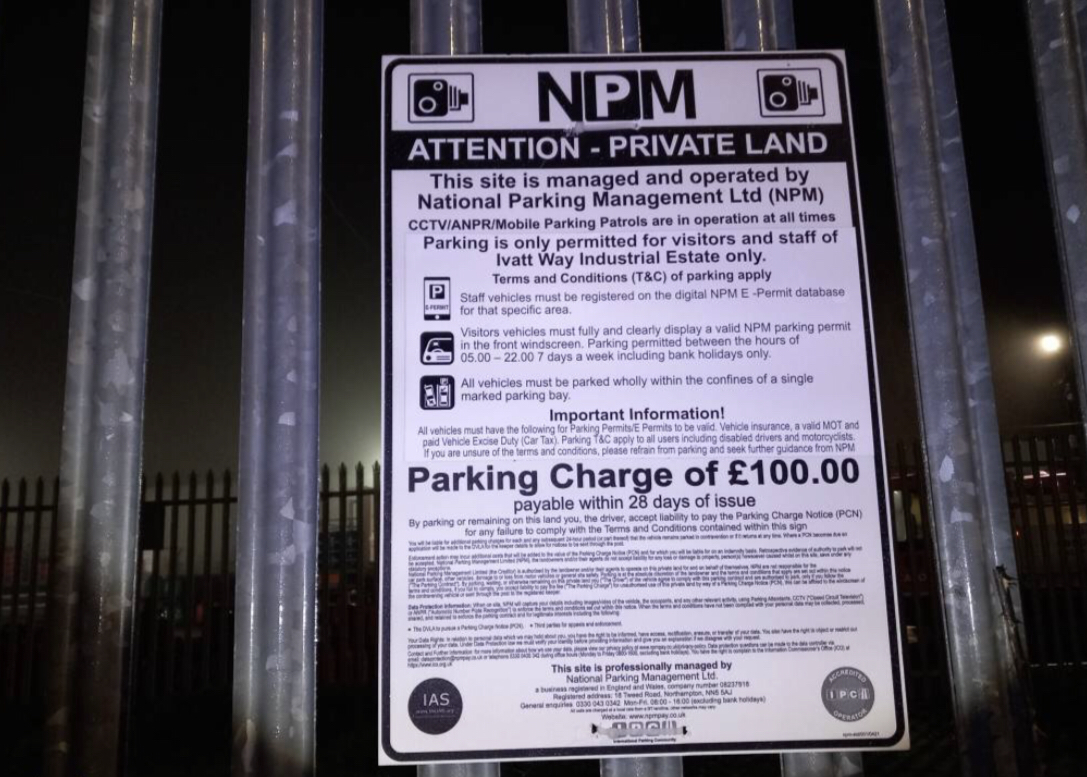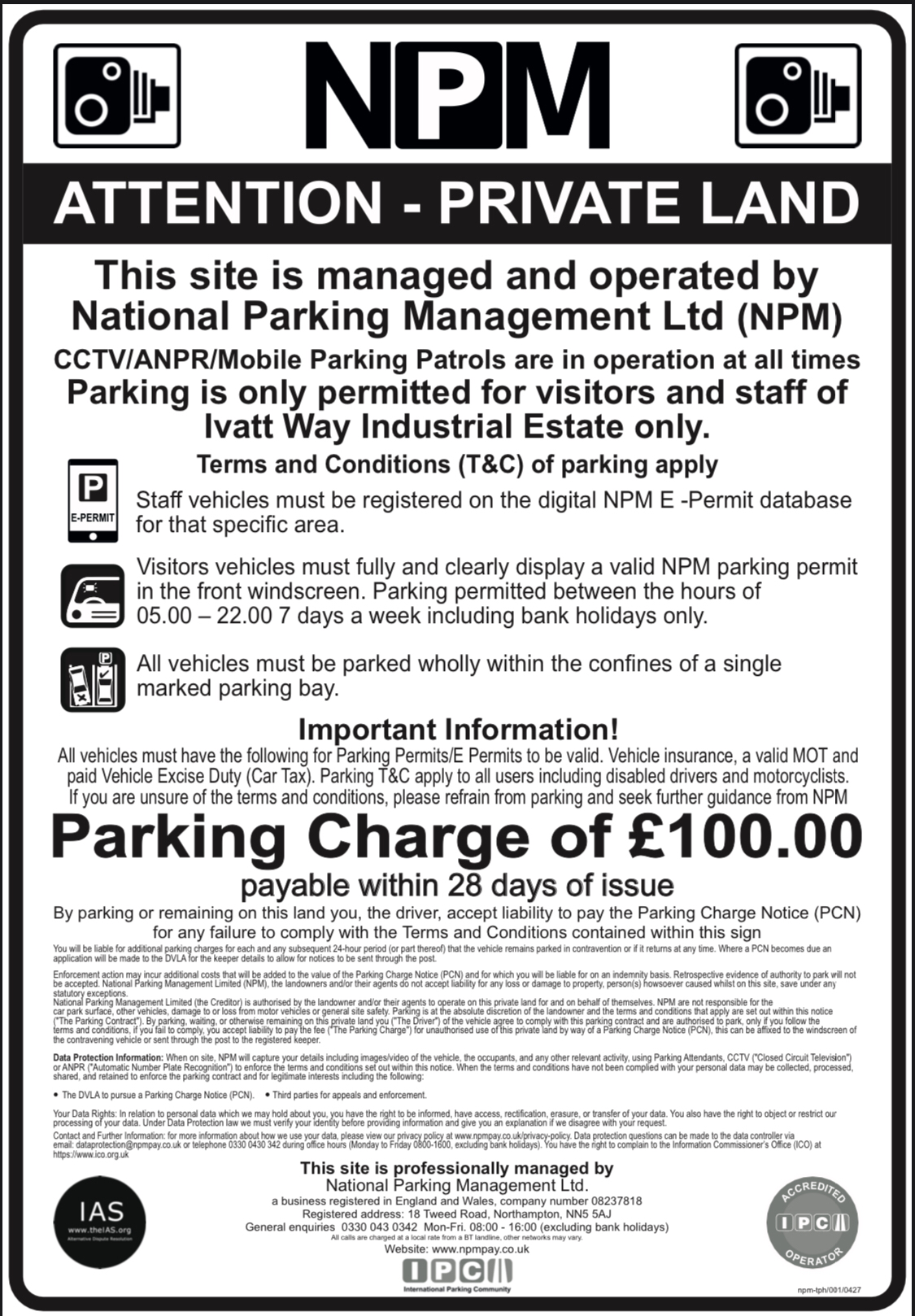
In fact the PoCs give no clue at all to what the driver may have done wrong.
We'd like to remind Forumites to please avoid political debate on the Forum... Read More »
The Template Defence includes the Civil Enforcement Ltd v Chan persuasive case (inadequate POC), use it in the same place in your Defence. What you need to say in this context is already written for you in the template.awlyy89 said:Thank you I hadn't noticed that myself, actually had to dig up the NTK to find the exact reason. Where exactly would I mention this in the defence?That is nothing like what the Particulars of Claim say...
In fact the PoCs give no clue at all to what the driver may have done wrong.
The facts known to the Defendant:
4. The facts in this defence come from the Defendant's own knowledge and honest belief. Conversely, the Claimant sets out a cut-and-paste incoherent and sparse statement of case. The POC appear to be in breach of CPR 16.4, 16PD3 and 16PD7, and fail to "state all facts necessary for the purpose of formulating a complete cause of action". The Defendant is unable, on the basis of the POC, to understand with certainty what case, allegation(s) and what heads of cost are being pursued, making it difficult to respond. However, the vehicle is recognised and it is admitted that the Defendant was the registered keeper. The defendant does not know the driver on the material date.
5. The defendant states that the car was unusable as the car wouldn’t go into gear, and required towing to their local garage. At this point the car was left at the garage site and the keys handed over. Therefore, the defendant was neither the keeper nor driver on the material date.
6. The defendant had not noticed any signage upon entering the road nor the site in question, showing the the terms and conditions for use. Nor was there any signage where the defendant left the car a in front of the garage. The Defendant was not aware of any restrictions that applied on the site due to obscure signage which was impossible to read from where the defendant left the car.
Changes suggested at the end.awlyy89 said:Change to paragraph 5:5. The defendant states that the car was unusable and required towing to their local garage. At this point the car was left at the garage site and the keys handed over. The location stipulated on the PCN images is different to the location where the defendant left the car. It can be concluded that the car was then re-parked by garage staff, causing the PCN. Therefore, whilst the defendant was the registered keeper, they were neither the 'keeper' (Protection of Freedoms Act 2012 definition in Schedule 4) nor the driver who parked the vehicle where shown, on the material date.
I was in the car at the time (just steering, car wasn’t on just in the ignition) whilst it was being towed by AA, as it was close they just used a tow strapLe_Kirk said:6. The defendant had not noticed any signage upon entering the road nor the site in question, showing the the terms and conditions for use. Nor was there any signage where the defendant left the car a in front of the garage. The Defendant was not aware of any restrictions that applied on the site due to obscure signage which was impossible to read from where the defendant left the car.You were not the driver at the time so how would you know this? You could, of course, have visited at a later date to check.
patient_dream said:To add...... they say CONTRACTUAL charge ???? RUBBISH
Can you show us a picture of the sign plaease


But the place where the AA left the car wasn't where it ended up parked by the garage. So you were not steering or 'in control of' the car at that time. Nor were you even the 'keeper' at the time ( POFA definition).awlyy89 said:I was in the car at the time (just steering, car wasn’t on just in the ignition) whilst it was being towed by AA, as it was close they just used a tow strapLe_Kirk said:6. The defendant had not noticed any signage upon entering the road nor the site in question, showing the the terms and conditions for use. Nor was there any signage where the defendant left the car a in front of the garage. The Defendant was not aware of any restrictions that applied on the site due to obscure signage which was impossible to read from where the defendant left the car.You were not the driver at the time so how would you know this? You could, of course, have visited at a later date to check.
